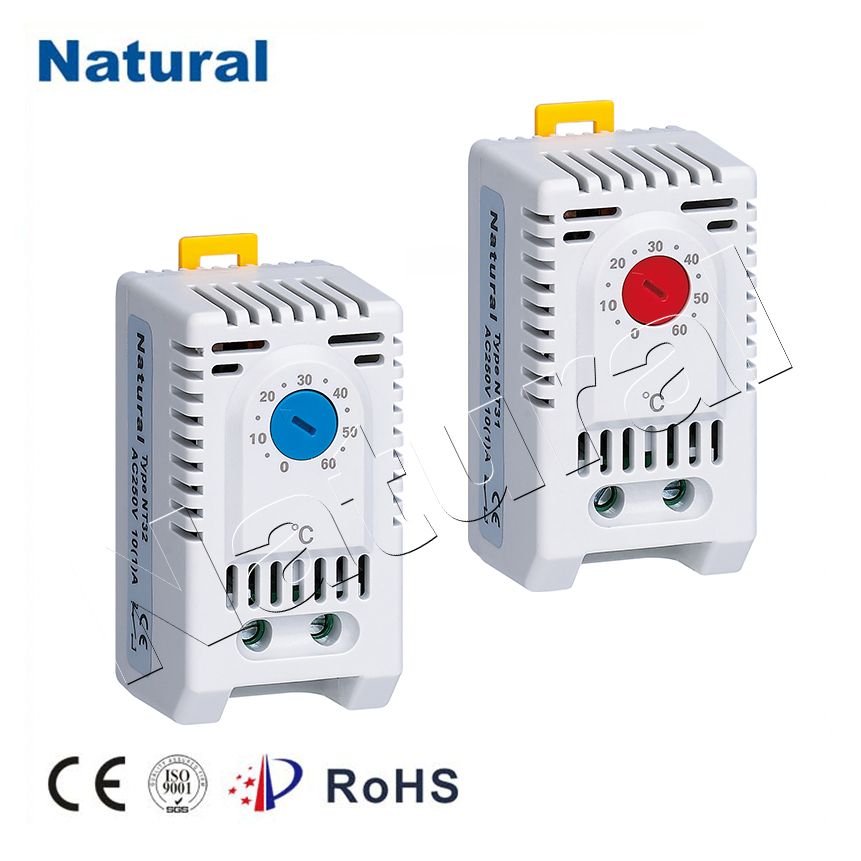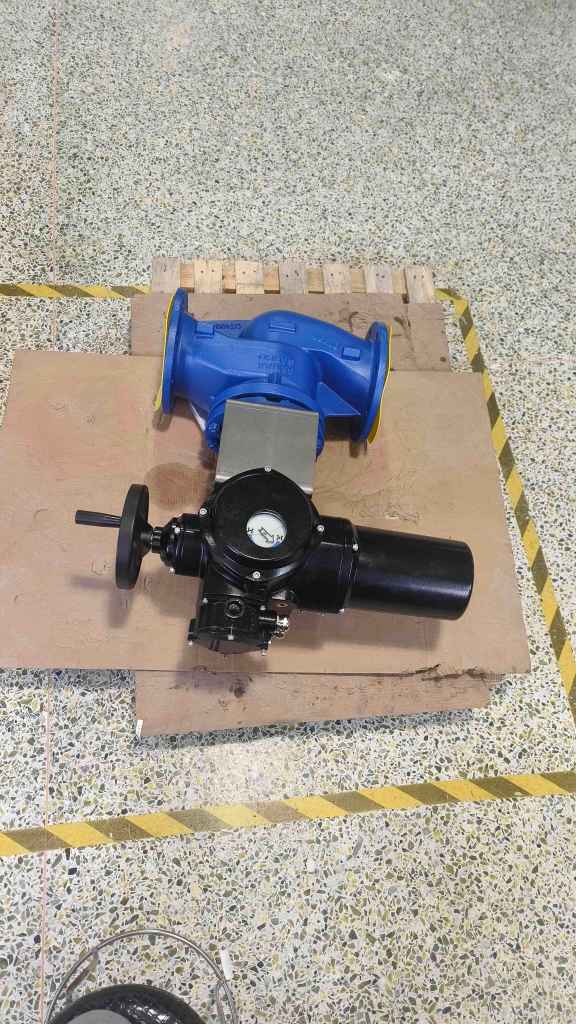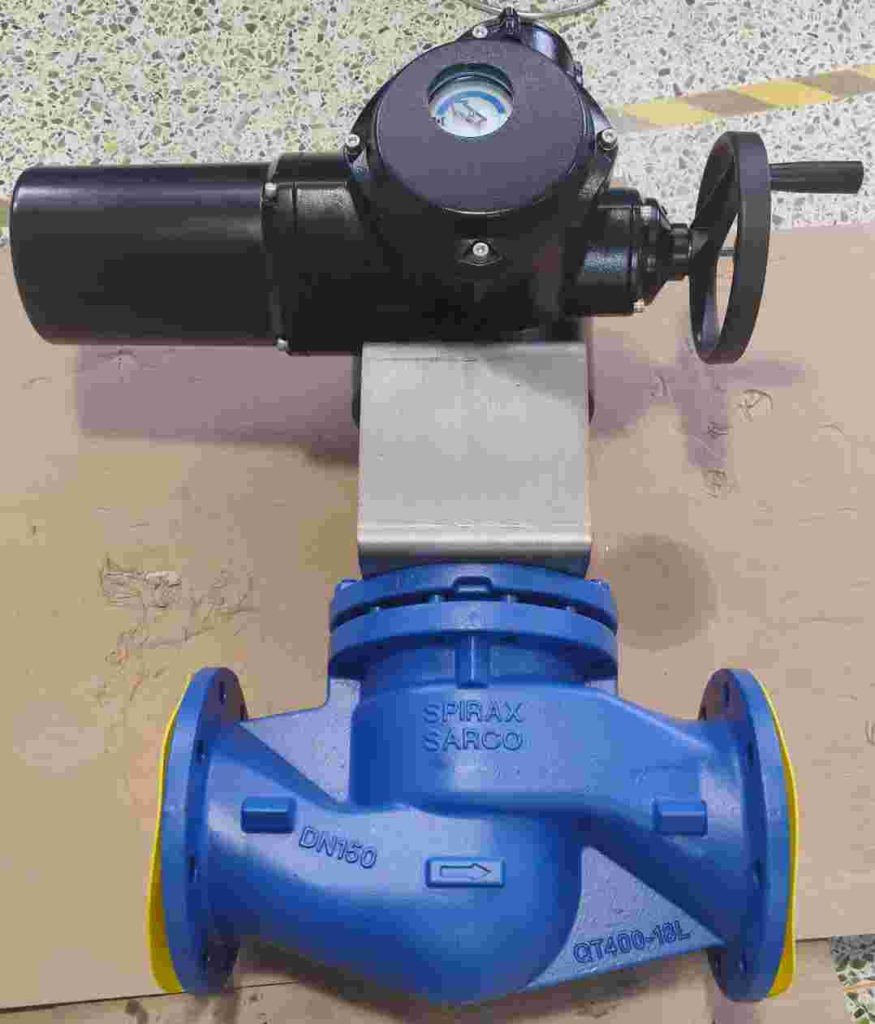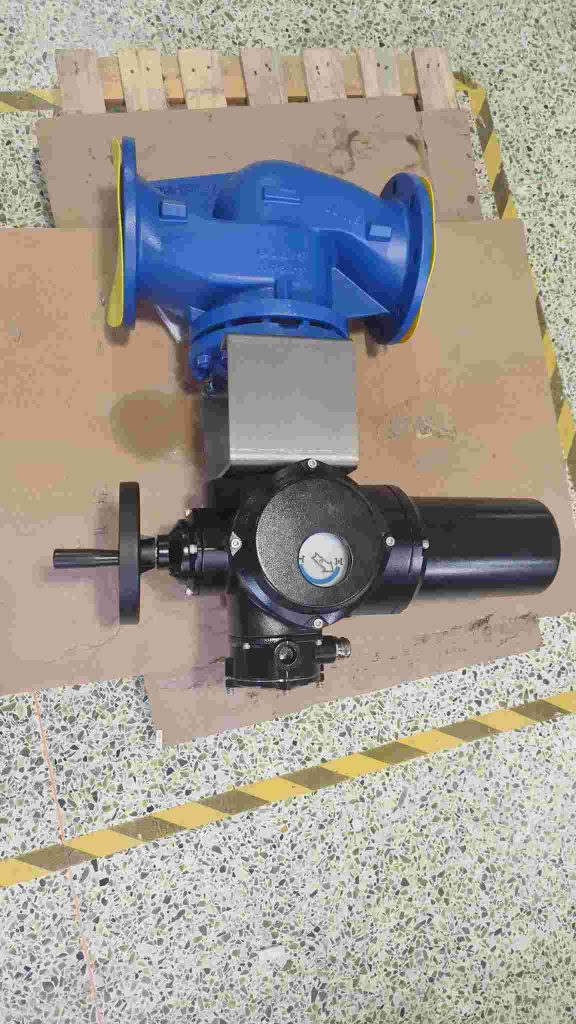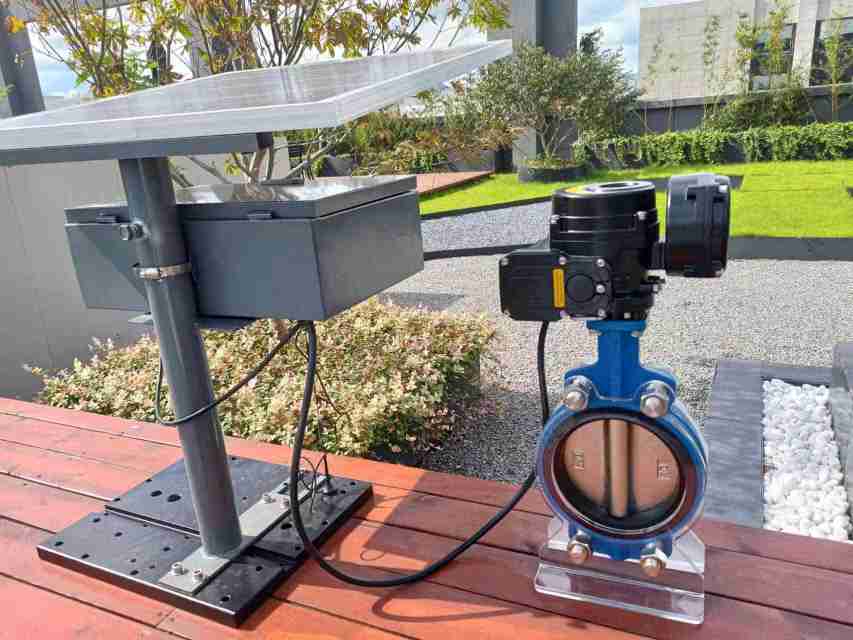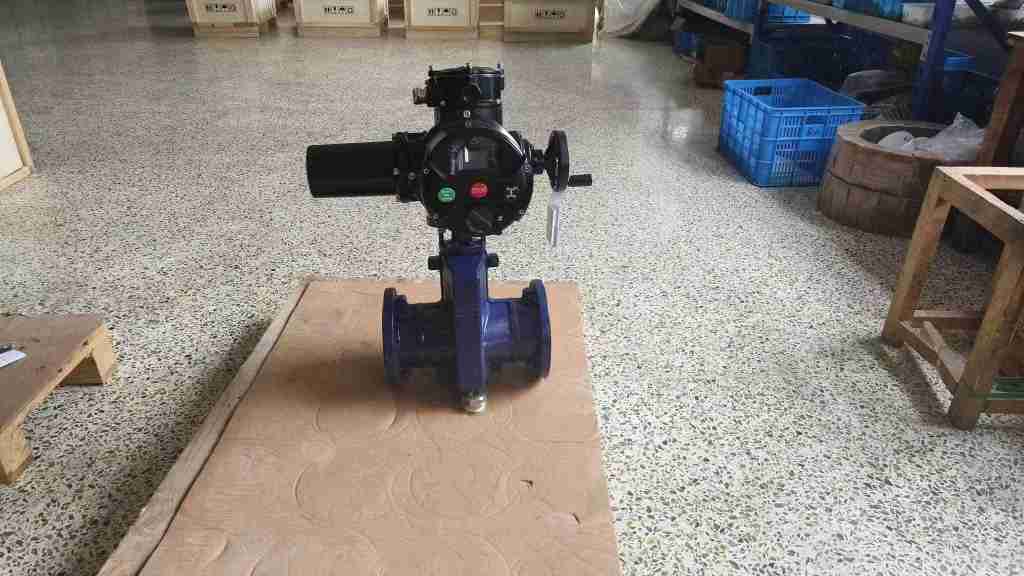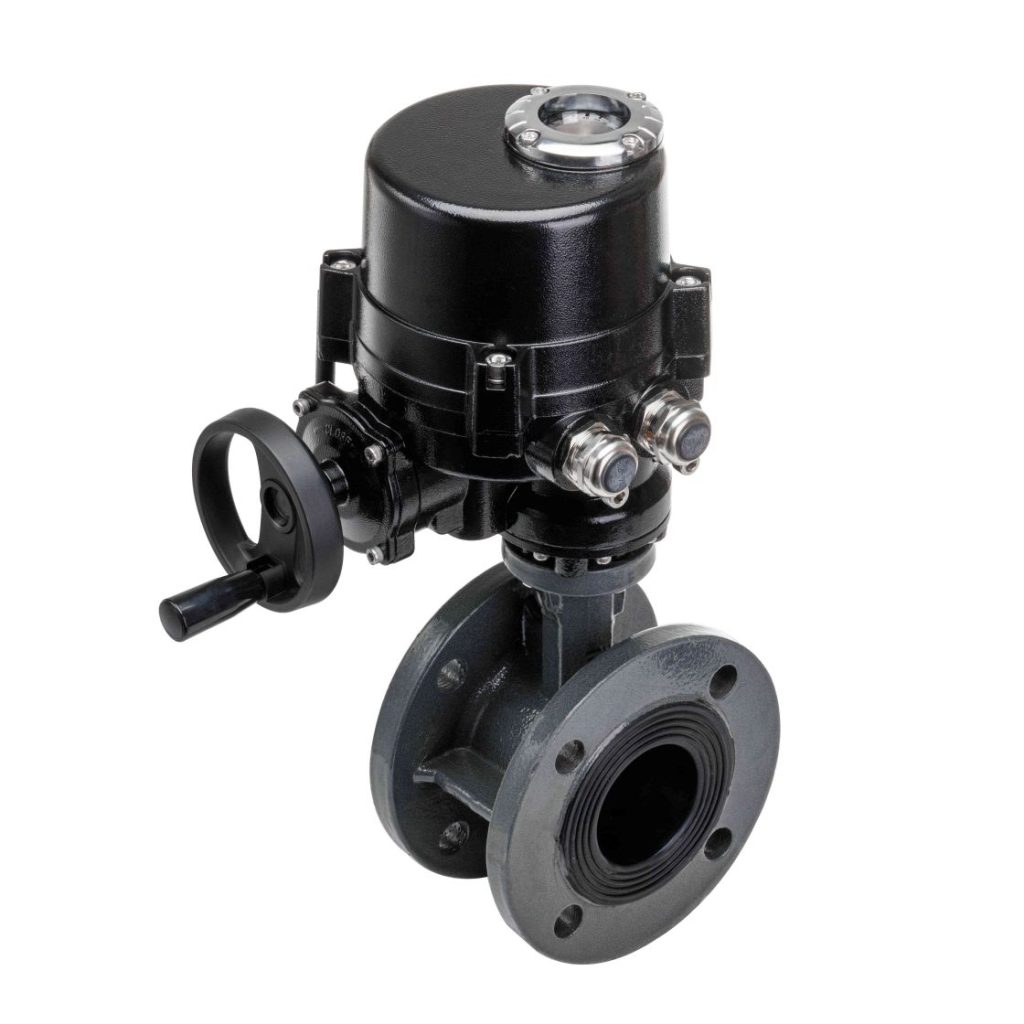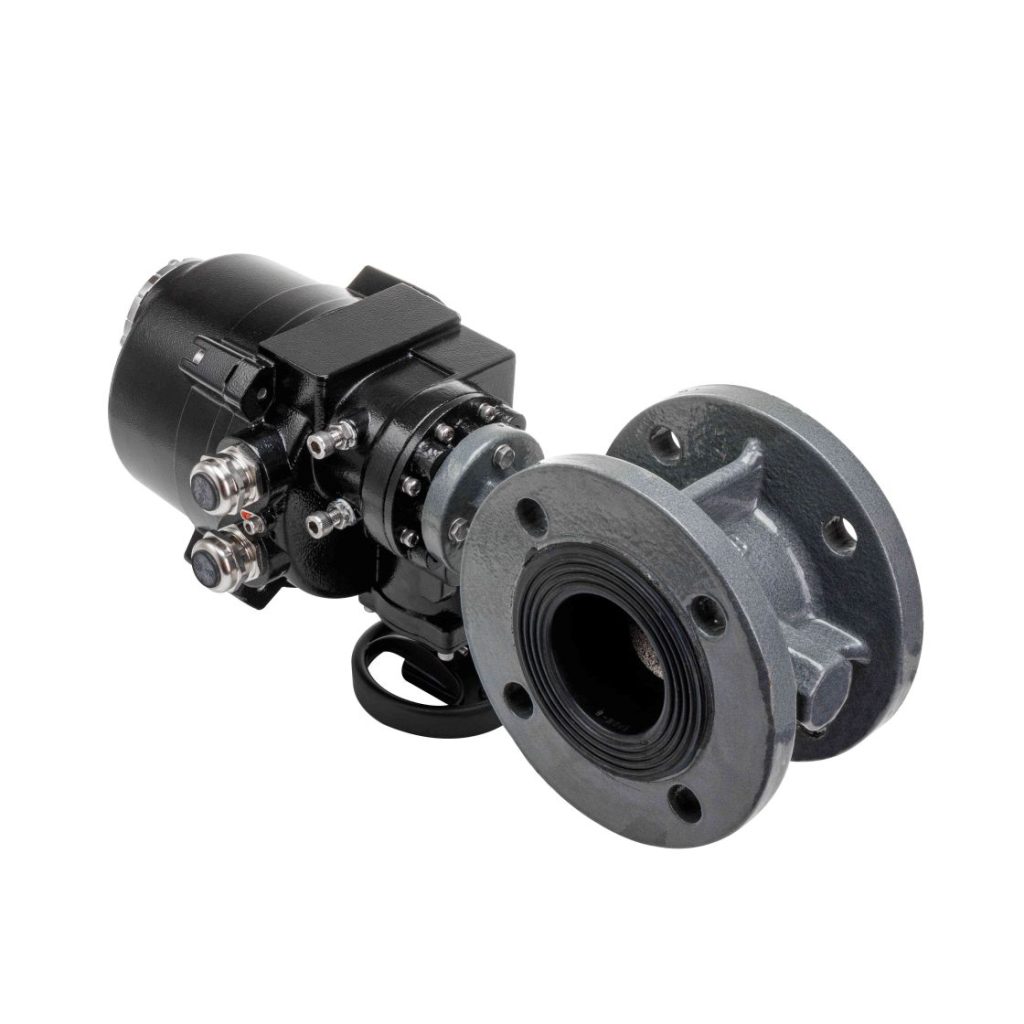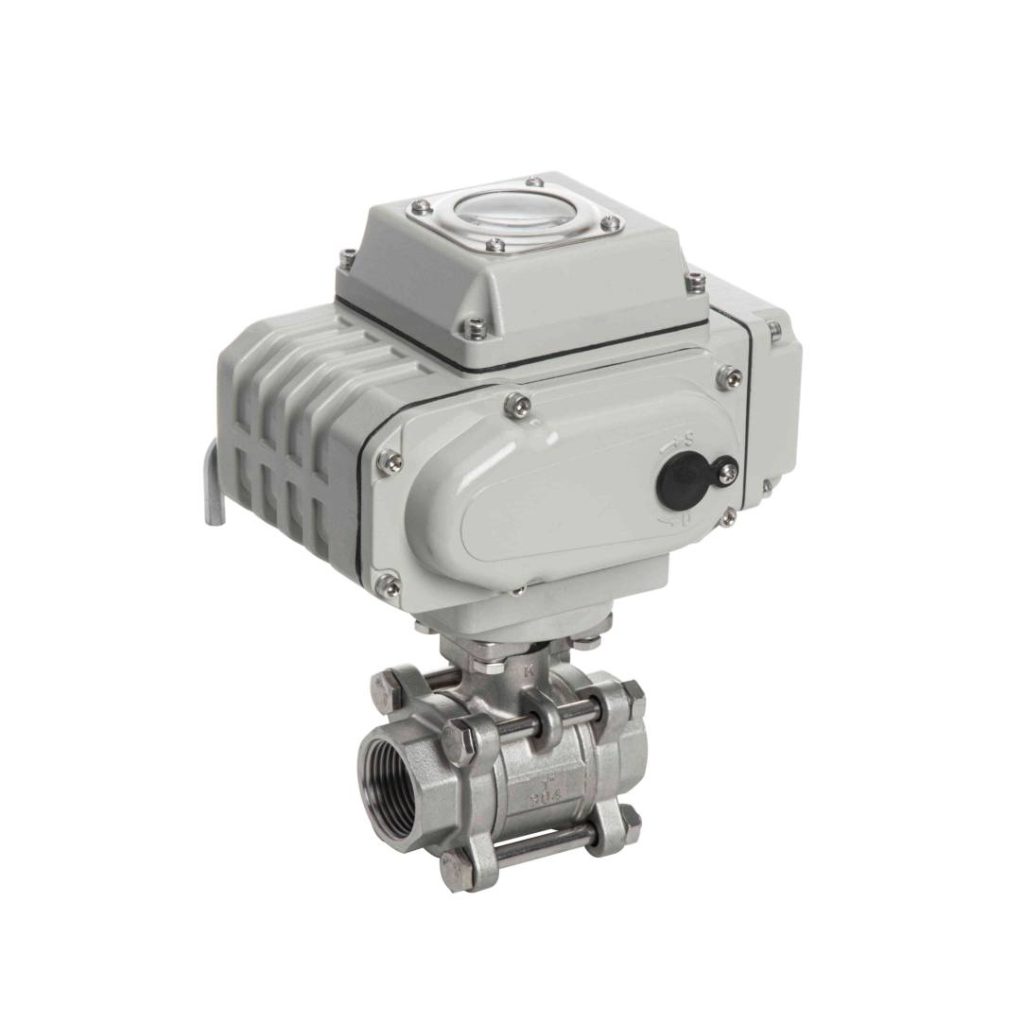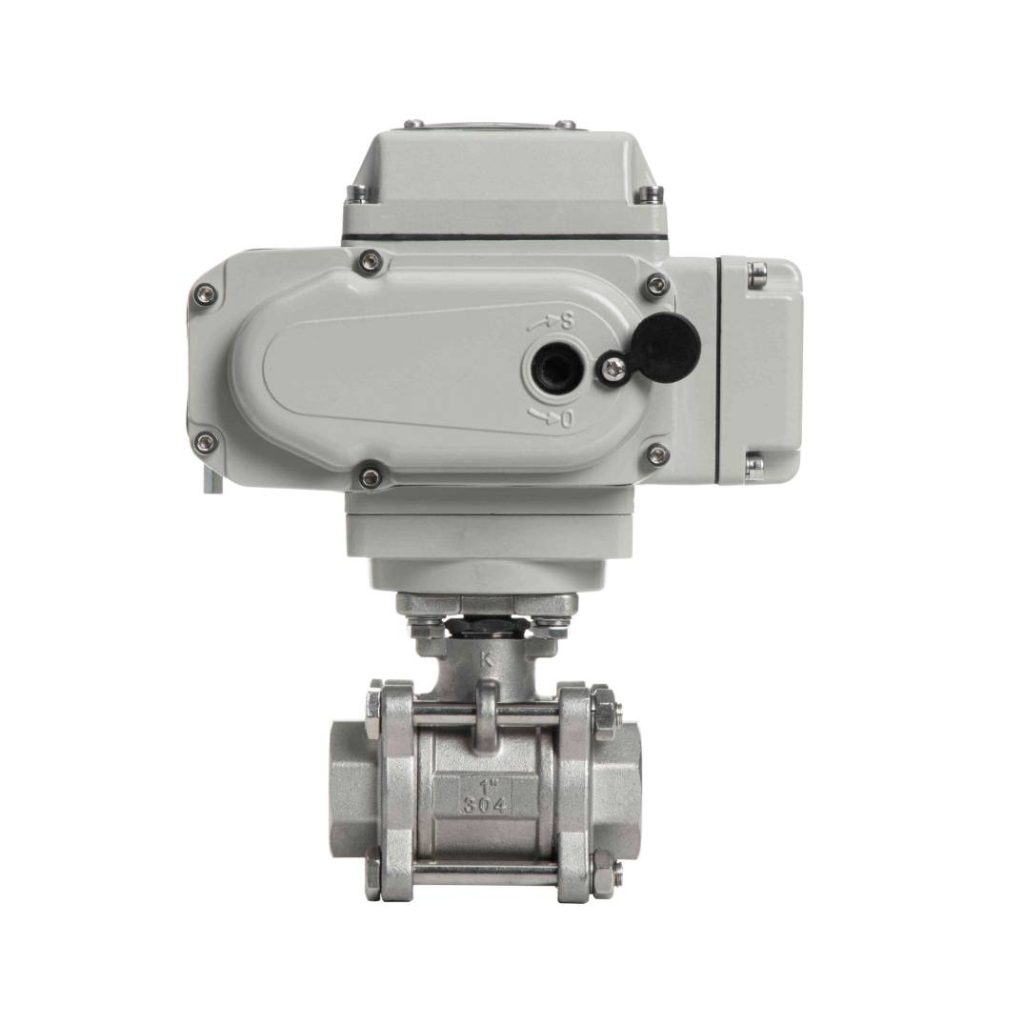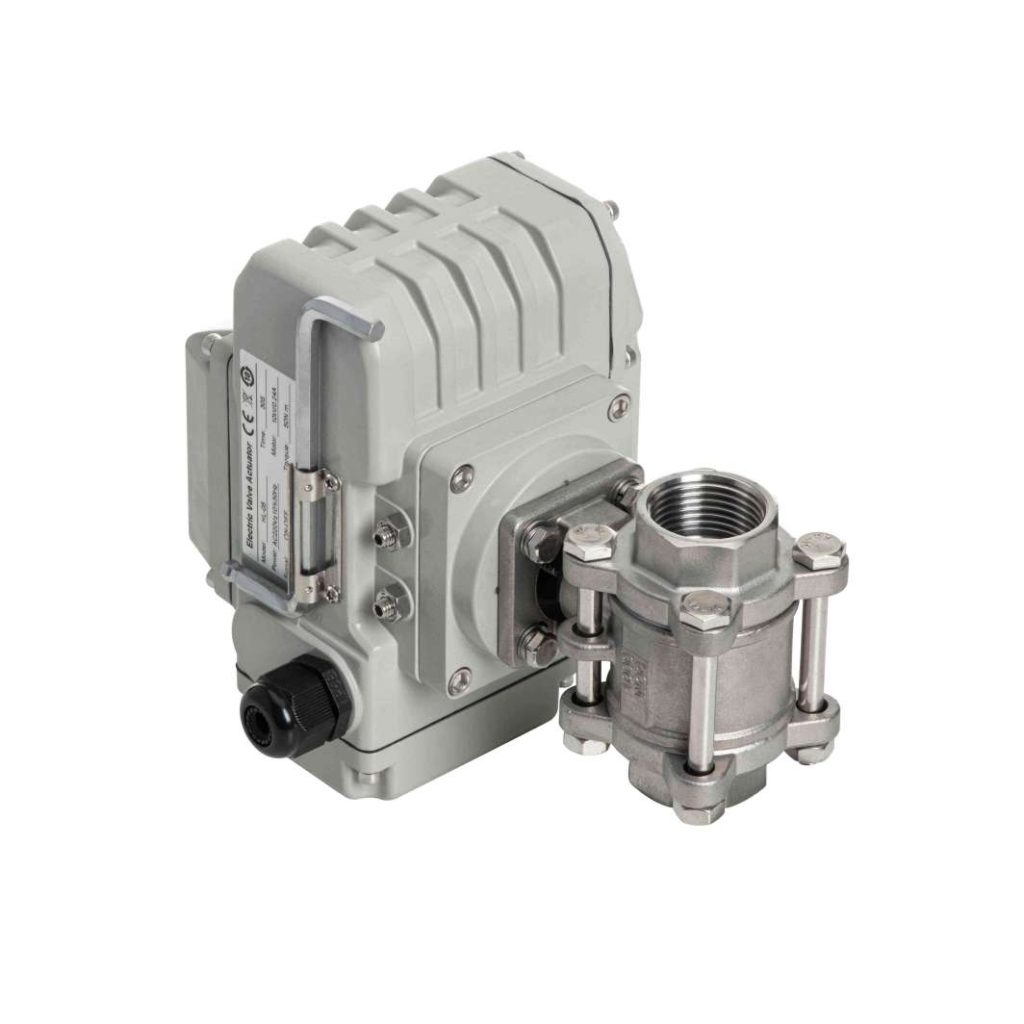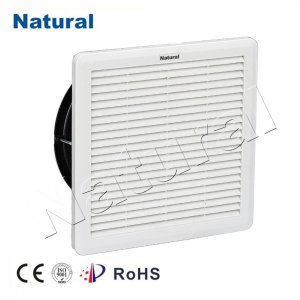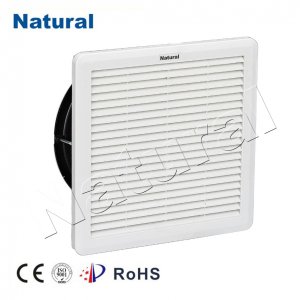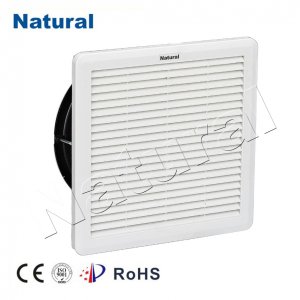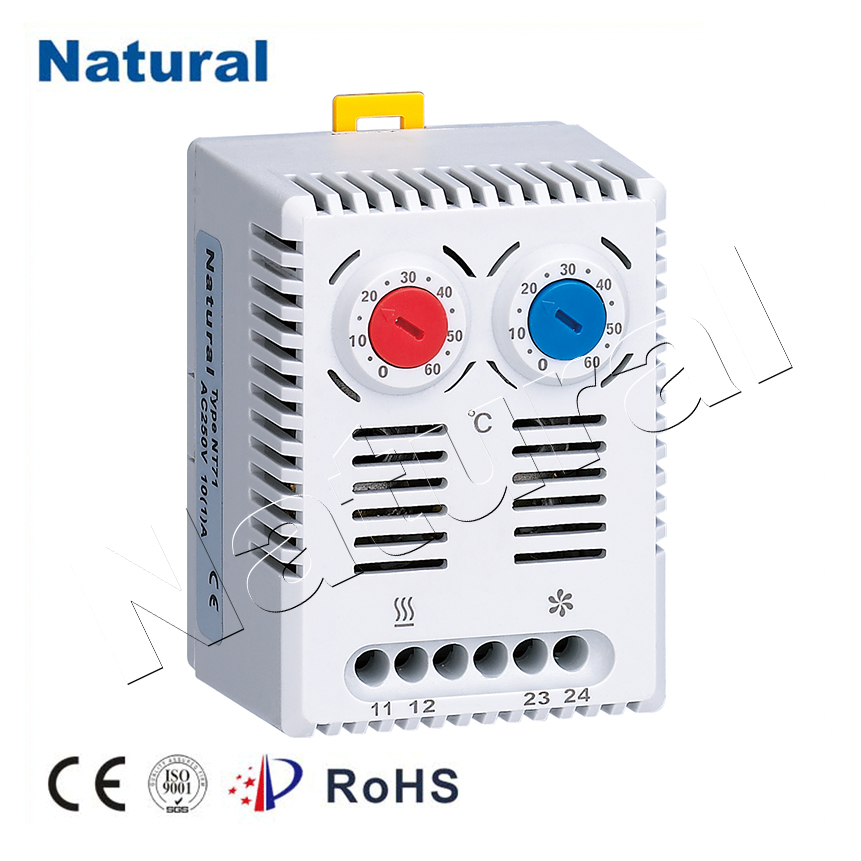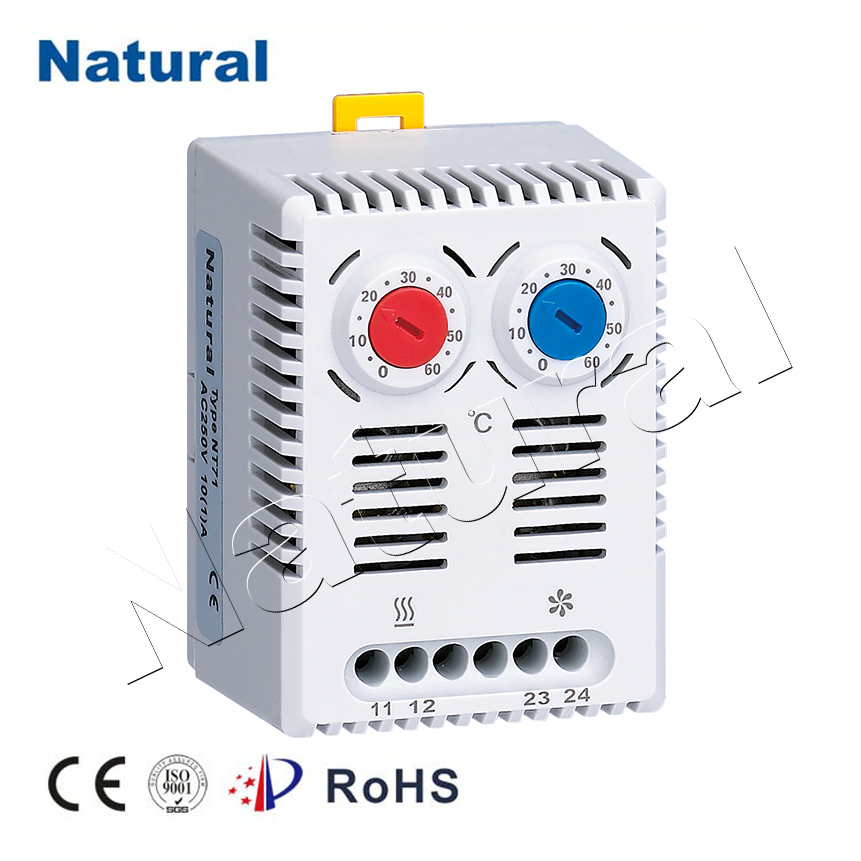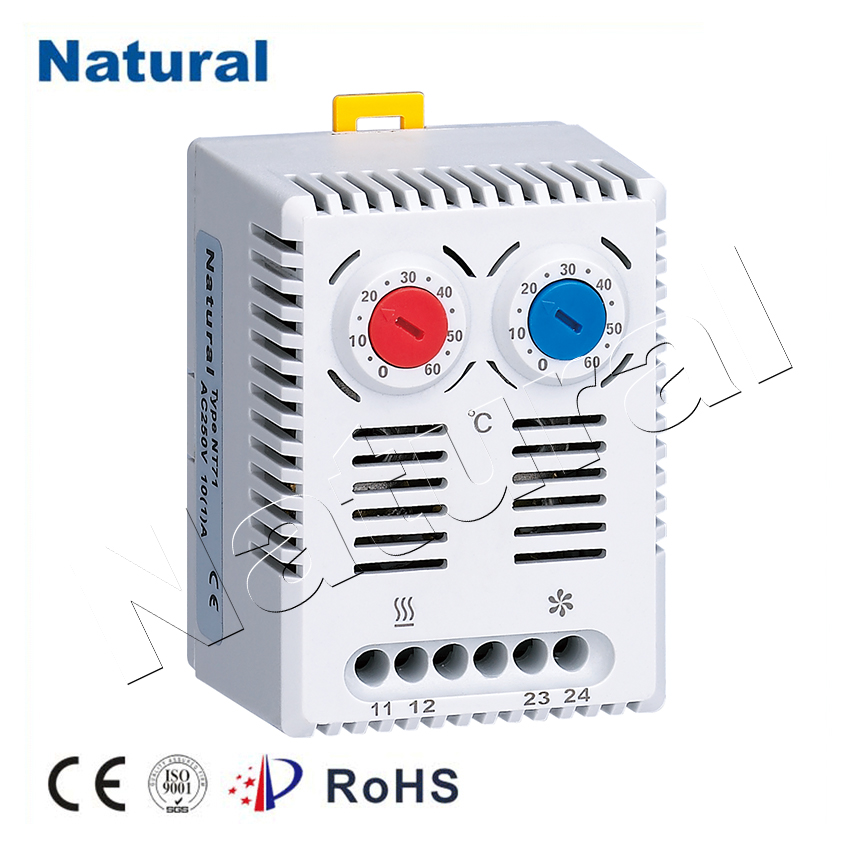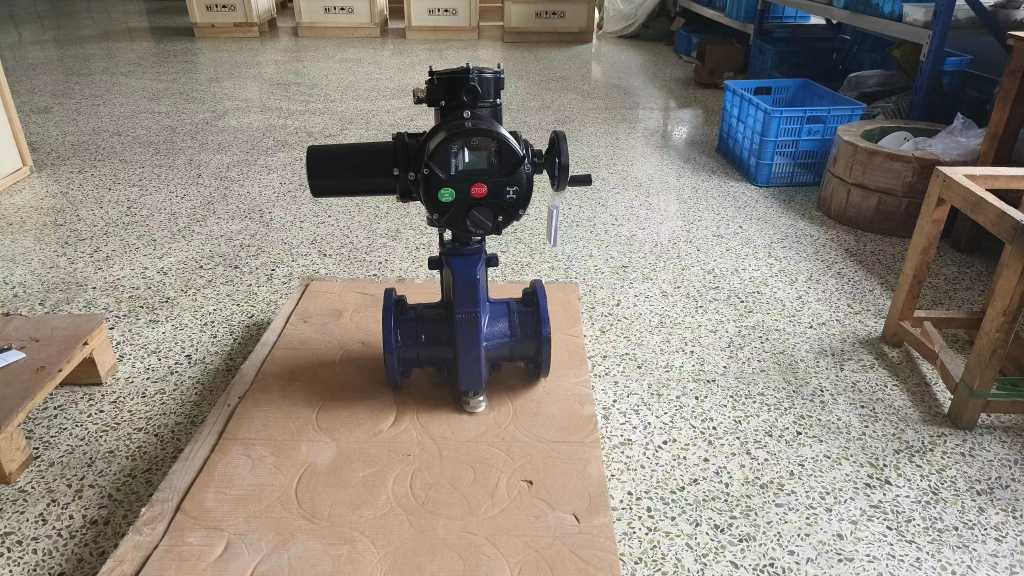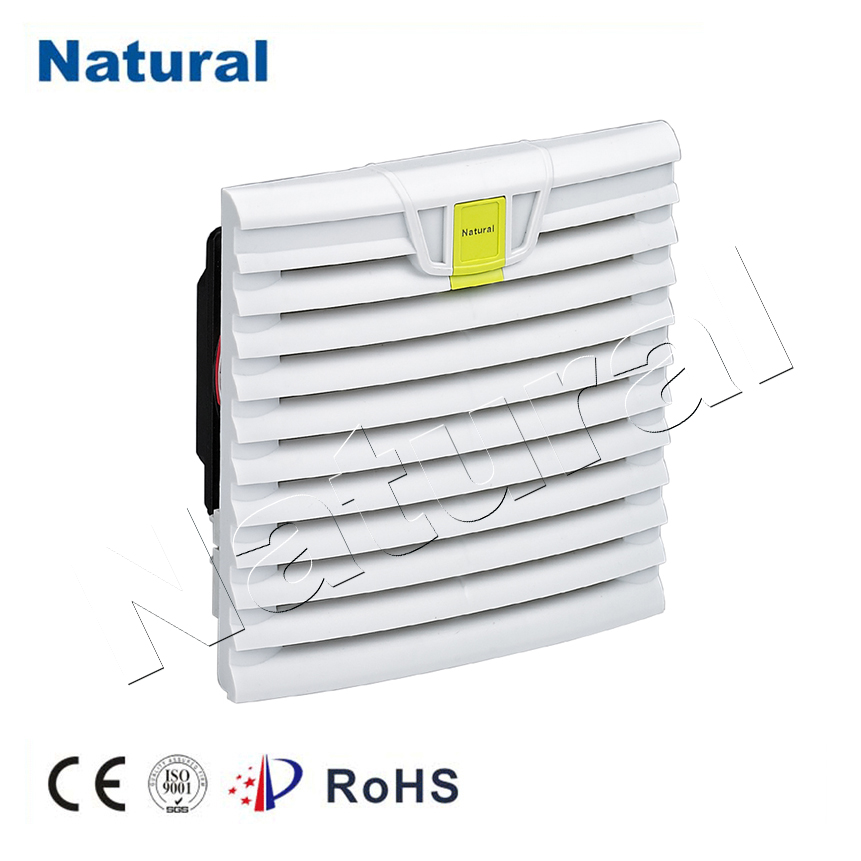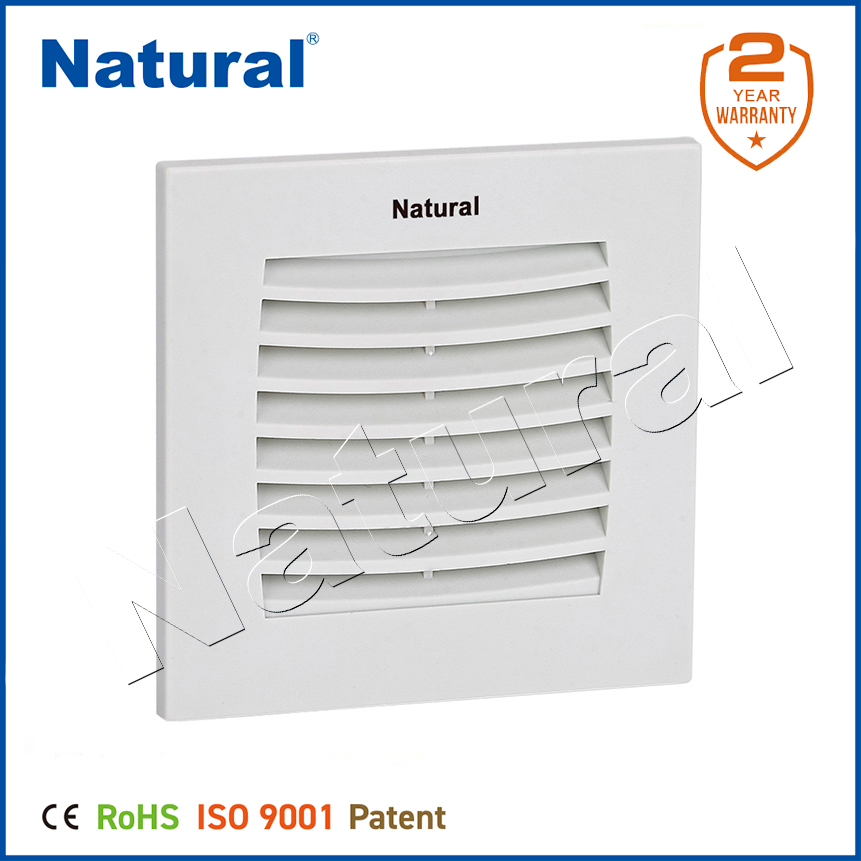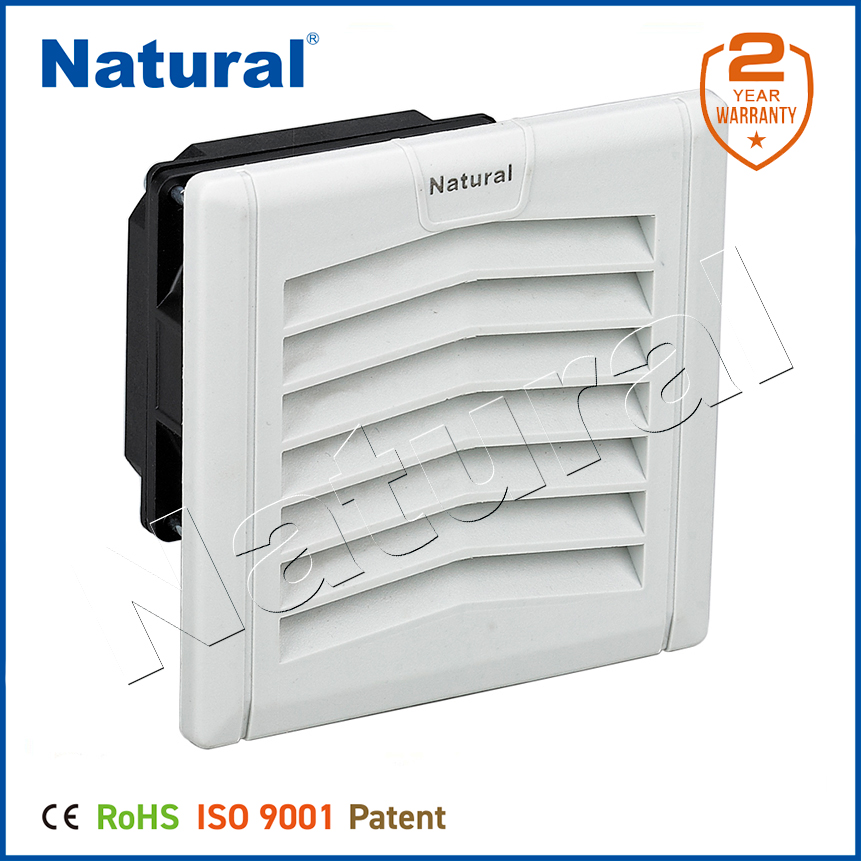The DIN thermostat plays a crucial role in a variety of industrial and commercial settings where temperature control is paramount. Whether it’s for regulating the environment in an electrical cabinet, maintaining optimal temperatures in server rooms, or ensuring the proper functioning of machinery, a DIN thermostat helps to safeguard equipment, ensure efficiency, and promote a safe working environment. This article explores the importance, functionality, and common uses of DIN thermostats, shedding light on why they are an indispensable part of modern industrial infrastructure.
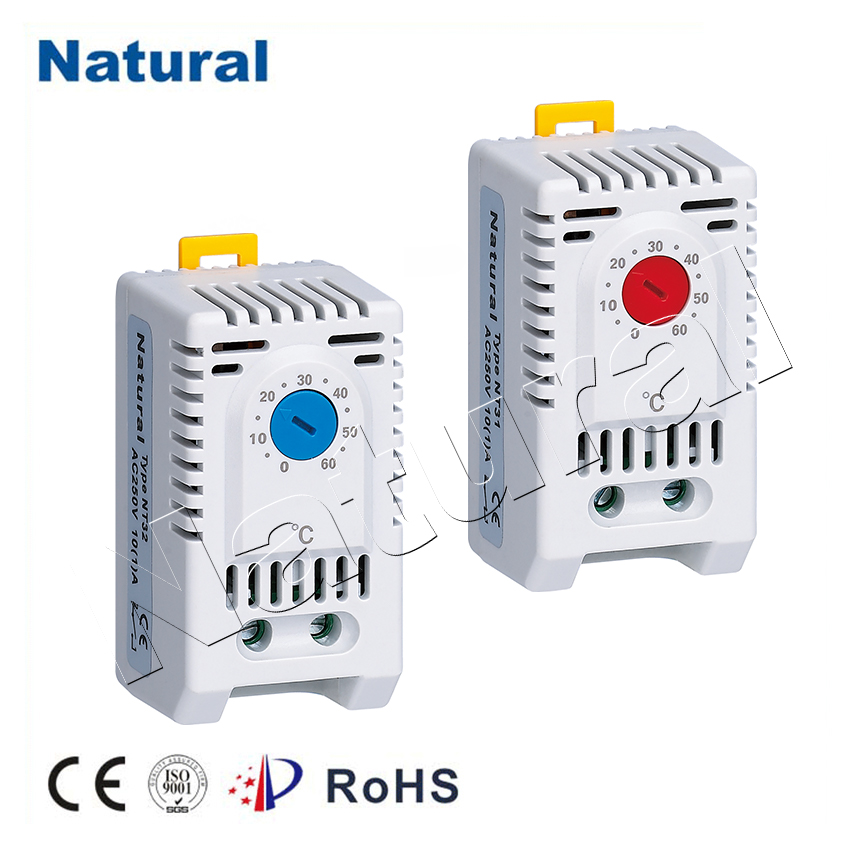
What is a DIN Thermostat?
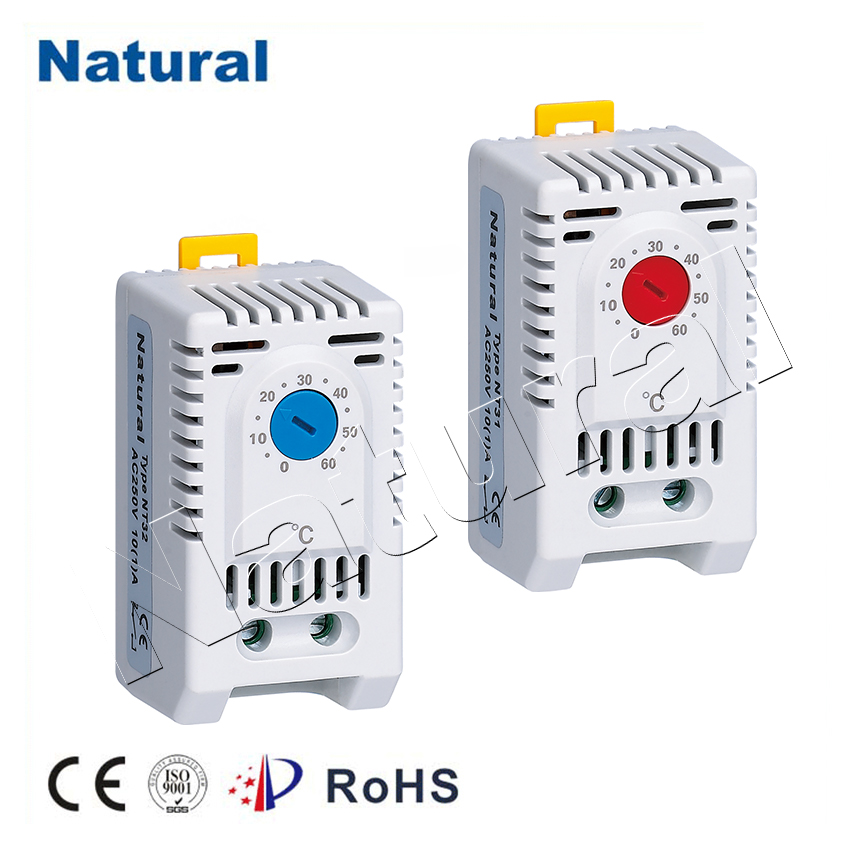
A DIN thermostat refers to a temperature control device designed to fit into standard DIN rails or panels, which are widely used in the electrical and mechanical industries. DIN (Deutsches Institut für Normung) is the German national standardization organization, and it has established norms for various industrial components, including thermostats. The DIN standard ensures that these devices are compatible with specific mounting systems, making installation and replacement easy and efficient in industrial settings. DIN thermostats are often employed for temperature regulation in a wide range of environments, from server rooms and control cabinets to machinery and heating systems. They are designed to help maintain optimal operating temperatures for equipment and prevent overheating or freezing, which could lead to operational inefficiencies or even equipment failure.
